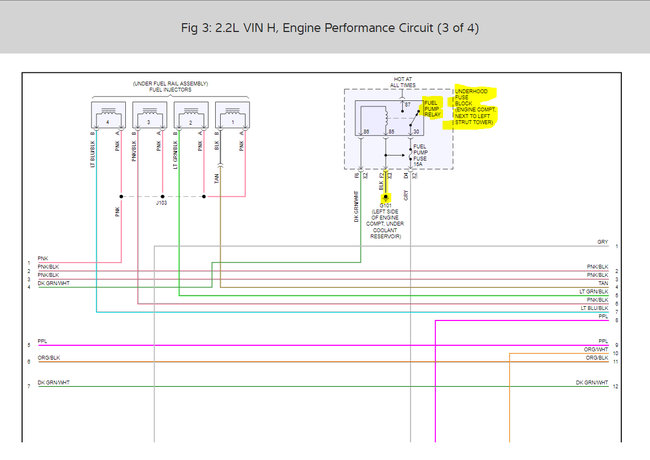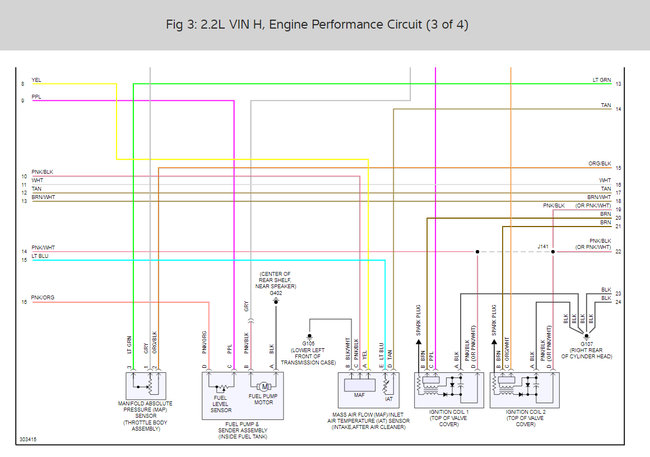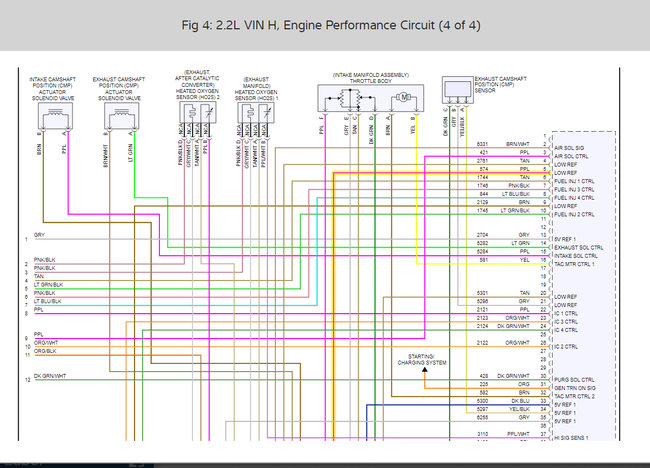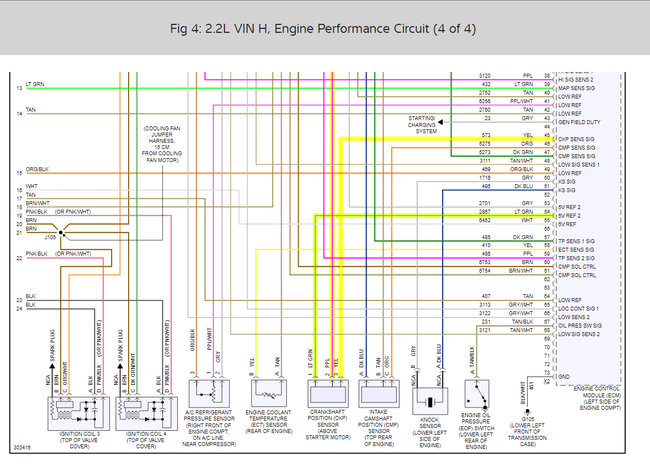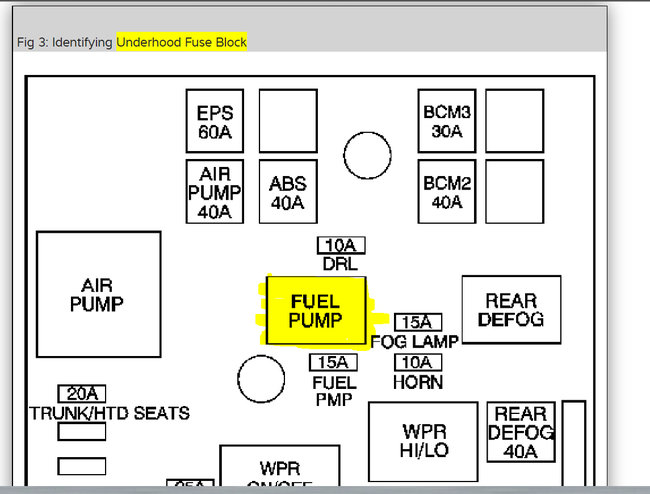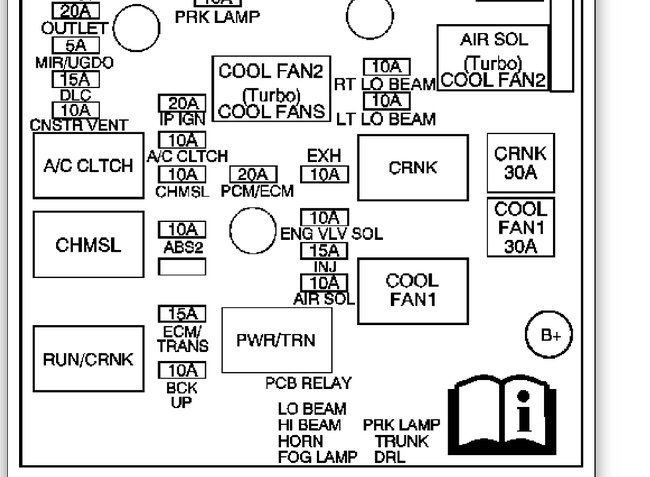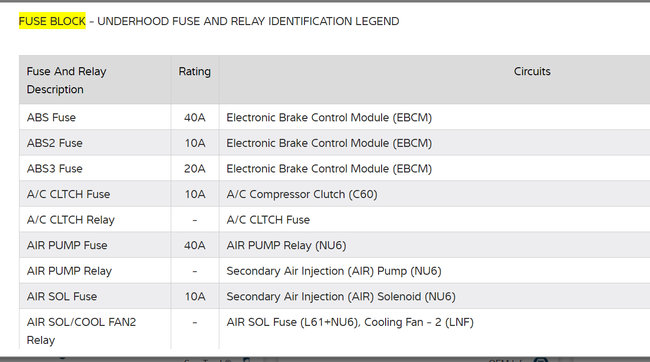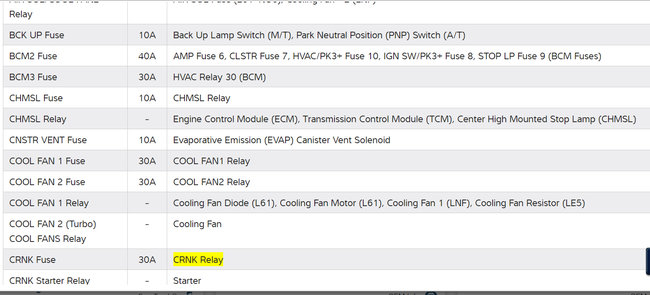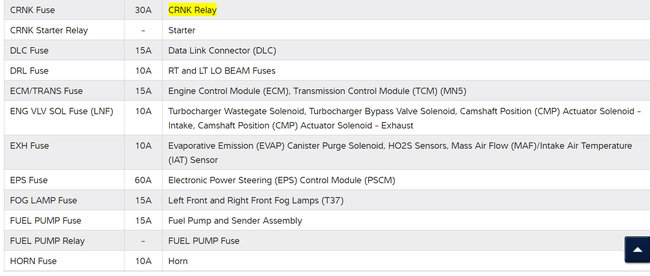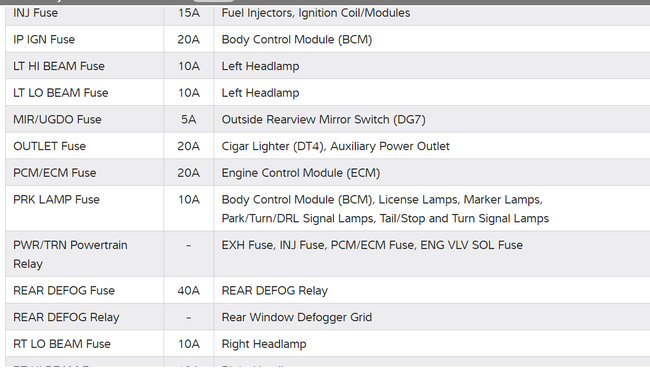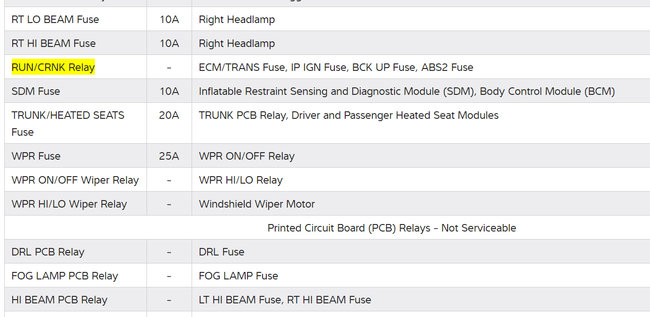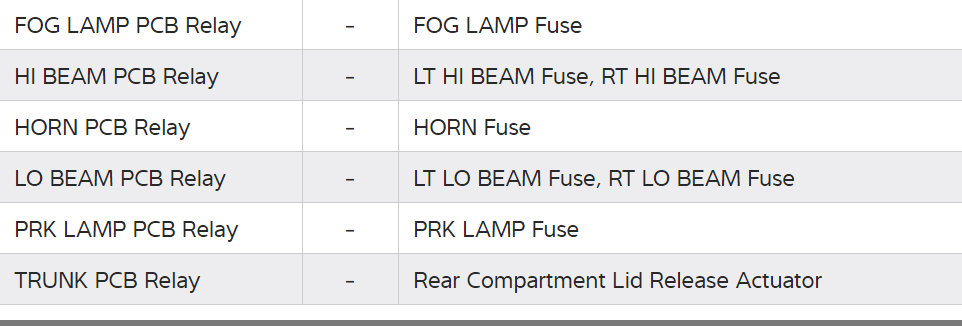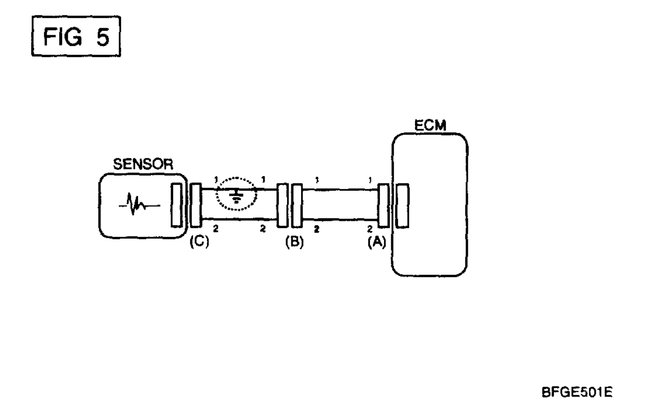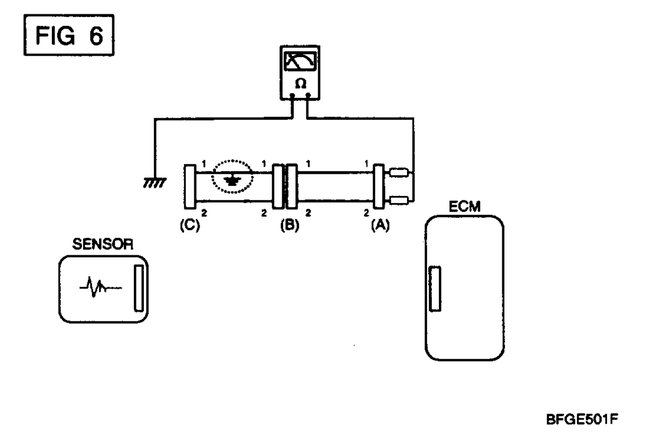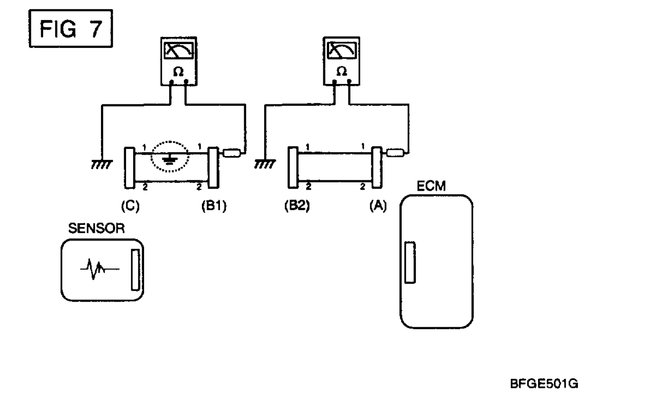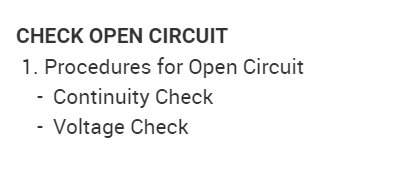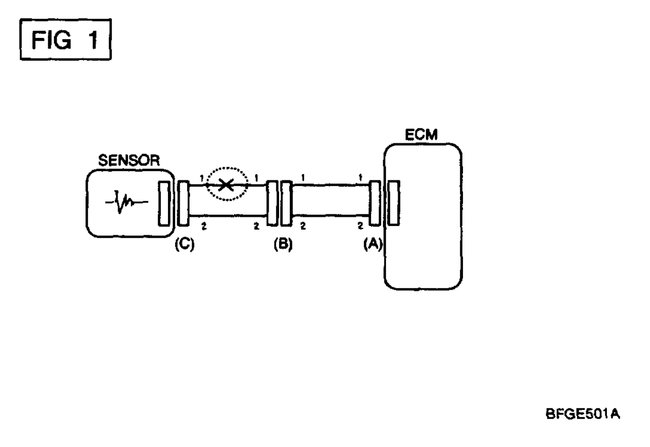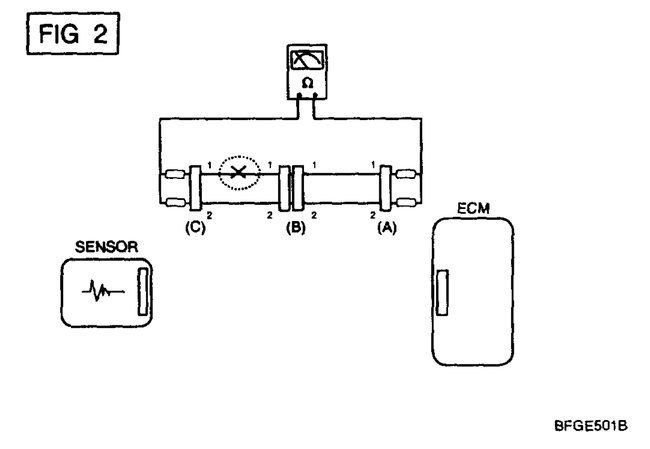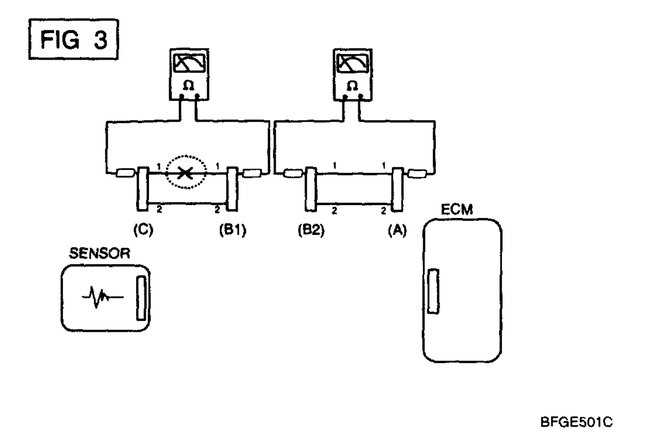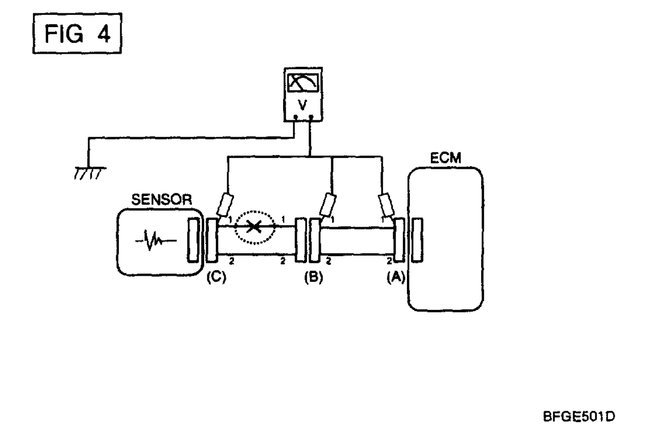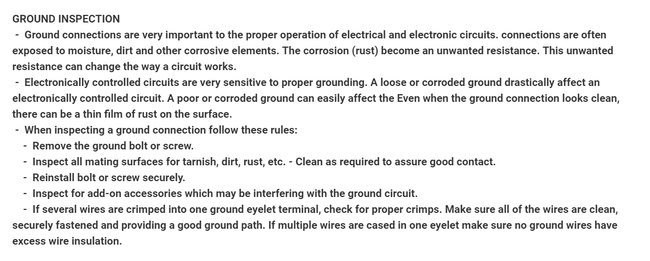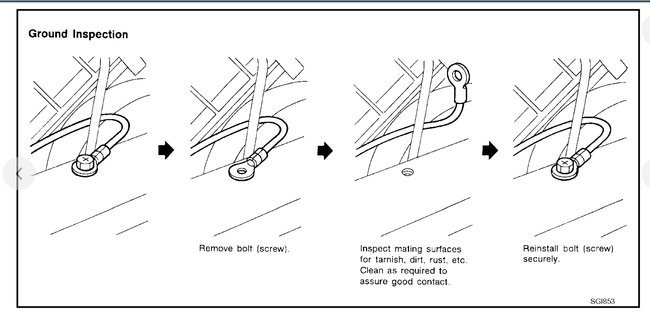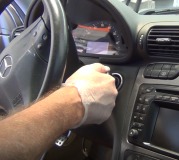I do not really get along with battery chargers that try to tell me stuff. My friend has one in his shop that I do use, but the automatic stuff causes more problems than it solves. At home I just use the older stuff that you clamp on and turn it on. What has happened to me, if I am not paying attention, is one of the clamps makes poor contact with the post. I will come back an hour later to find the battery is still drained.
If your charger has a digital readout, you may need to bypass something to get it to charge the battery. Two things can happen here. To explain first, it is easier to understand that if the municipal water tower in your town has fifty pounds of pressure in it, the pump has to develop more than fifty pounds of pressure if it is going to push water up there. The same is true of charging the battery, whether it is with the car's charging system or a battery charger. With my sad water pump story, if the pump could develop sixty pounds, and you took away the storage tower, pressure in the pipe would shoot instantly to sixty pounds. With the tower, pressure would rise gradually, over time, but at first it would still be fifty psi.
Your battery charger provides a less-steady, pulsing voltage that bounces from 0 volts to around 18 volts. The battery it's hooked to smooths that out to around 13.75 volts. That is what most over-complicated, technology-dripping chargers look for. When they see that correct charging voltage, they turn on and really get going at pushing electrons into the battery's plates. When you have a bad connection on one of the clamps, it is like taking the water tower away. The charger's voltage can pulse up to 18 volts, then down to 0 volts. Depending on how the circuitry was designed, the 0 volts could tell it it is not connected to a battery, or the 18 volts could tell it the battery is severely over-charged. Either condition tells it to stop charging. If you do not catch that, or if the clamp becomes loose while you are gone, the battery will not be getting charged.
The second potential problem is there will be sparks if you connect or disconnect the charger while it is putting out that high voltage. To avoid exploding the hydrogen gas batteries give off, you are supposed to connect and disconnect the cables only when the charger is off. Some high-class older chargers from the 1960's, and I suspect some of the newer ones today, turn on automatically once they see they are connected to the battery. Even when the battery is run down, the charger will see eleven to twelve volts when it is connected, and that tells it to start charging when you turn it on. If you have a bad connection on one of the charger's clamps, the charger will not see the eleven to twelve volts, it will assume it's not connected, and when you turn it on, it will not charge. Once it has gone to that "do not charge" mode, and then you wiggle the bad connection, it is too late. The charger has already given up. You might think it is charging, but you may need to turn it off, then back on to reset it. This is where the technology can bite us.
With a regular charger, when wiggling the cable gets it going, you will see the current jump up on the amp meter. If you have one of these more friendly chargers, the current meter is the easiest way to know what is going on. If the battery is totally drained, the charger will need some time to push electrons into the acid before that acid becomes conductive. That can take as much as fifteen minutes, then the electrons will start to get packed into the lead plates where they are stored. You will see the amp meter stay close to 0 amps, then slowly rise until the battery is charging. Current should be limited to around no more than 20 amps to avoid overheating the plates. Once the battery reaches full charge, its voltage will rise to match that of the charger, so current will drop. Consider the battery fully-charged when current drops to five amps. It will never drop much lower than that, but it is not putting any more electrons in the plates.
As a side note, batteries should never be charged at a high rate, to avoid an early failure. Alternators put out three-phase current which is very smooth and steady. This equates to a three-piston water pump. When two pistons are taking a gulp of water, one of them is always producing some pressure and flow, so the pressure in the pipe is smooth and steady. It it was a single-piston pump, you would get a pulse, a gap, a pulse, etc, and pressure would be pulsating badly. With the alternator's three-phase output, current is flowing very smoothly into the battery's plates. The amount of that current is determined by the voltage difference between the battery and the alternator. That difference is small, only one or two volts.
Battery chargers are not so nice to batteries. If you understand how house current is a sine wave, the chargers use diodes, (rectifiers), just like those in an alternator, to flip over the negative part of the sine wave. The result is you get a pulse of current flow that starts at 0 volts, rises to around 18 volts, then drops back to 0 volts before repeating. Instead of that one or two-volt difference between the battery and the alternator, and its resulting smooth current flow, you have current that pulses from 0 amps to very high amps, 120 times per second. The meter on the charger only shows the average current flow. That hard pulsing vibrates the battery's plates. The lead flakes off the plates on all batteries over time. The manufacturers know how quickly that is going to happen, and they offer warranties as long as possible to take advantage of that. On older batteries, more of that lead will be loose and ready to flake off. Charging with a battery charger makes that happen faster when it is charged at higher rates. You are likely to not have a battery fail right after charging it at a high rate, but doing that might shorten its life by maybe four to six months.
I do not know what automatic chargers are looking at to determine the condition of a battery other than its voltage. You can do that yourself with an inexpensive digital voltmeter. A fully-charged battery will measure 12.6 volts. If it is run draine, it will be closer to 12.2 volts. That is simply the state of charge for the lead still on the plates. How many electrons are in storage is determined by how much lead is still on the plates. The condition of those plates can be measured with a load test, but you need a professional load tester for that. All repair shops have them. Every battery has a sticker on top that lists the standardized "cold cranking amps, (CCA), rating. The tester is adjusted to draw one half that amount of current for 15 seconds. At the end of the fifteen seconds, voltage must still be at least 9.6 volts. Your car's starter draws less than the amount during the test, so a battery that passes should be able to start your engine.
Be aware that since batteries are a chemical reaction, and those slow down when cold, batteries can lose about half of their power in real cold climates. Add to that engine oil gets thicker and makes an engine harder to crank when it is cold, and you might need four times the battery to start a cold engine in winter than it takes to start that same engine in summer.
SPONSORED LINKS
Sunday, January 28th, 2018 AT 5:29 PM
